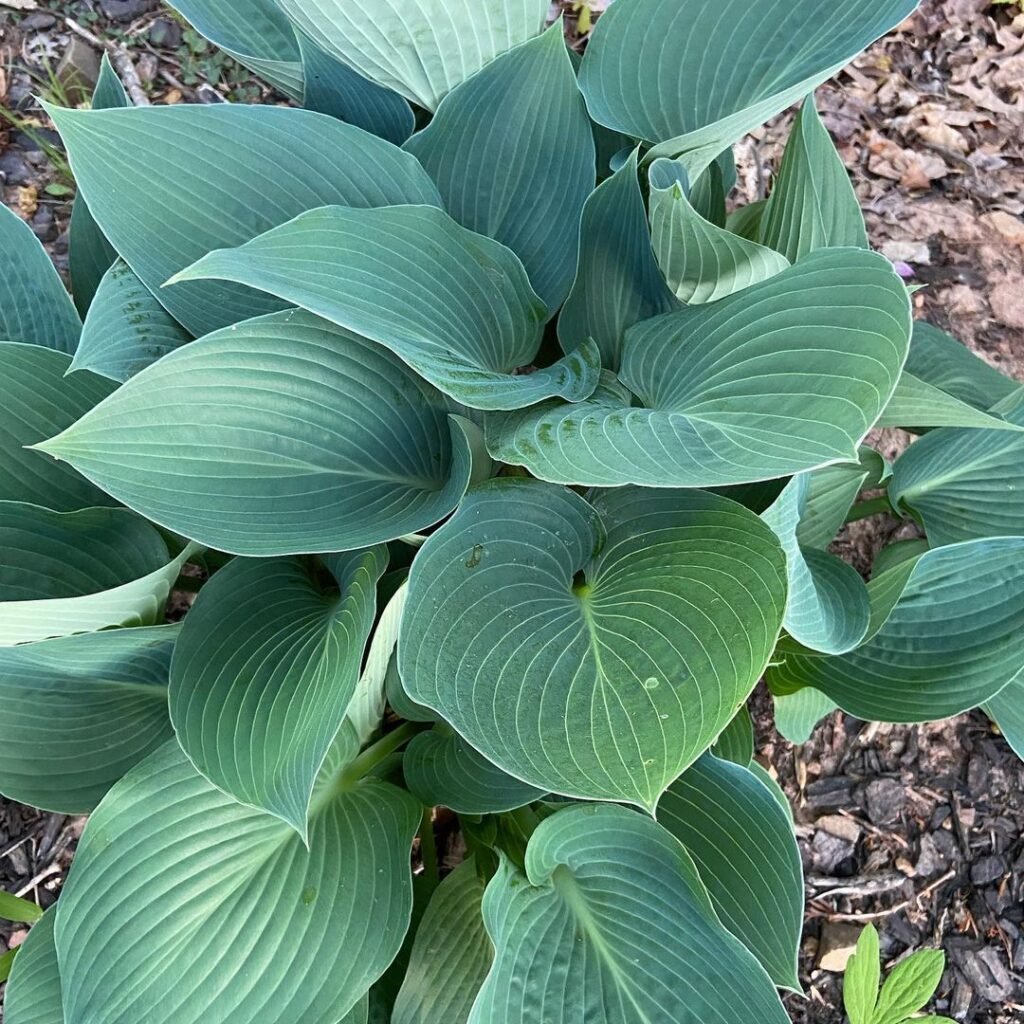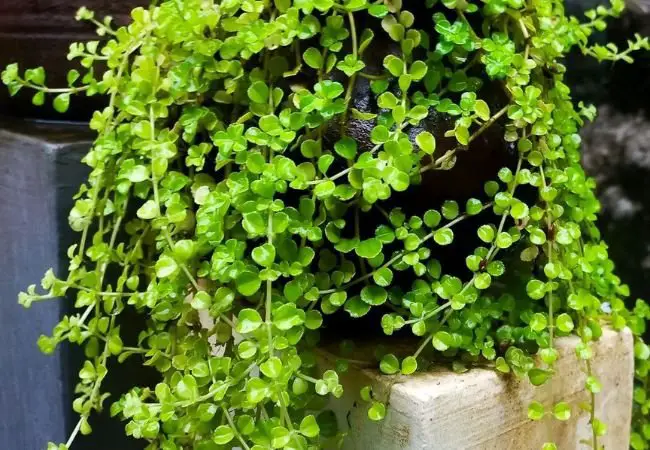Discover the Blue Angel Hosta, a stunning large-leaved plant perfect for shady gardens. Learn about its characteristics, care and how to incorporate this impressive perennial into your landscape.
The Blue Angel Hosta is a striking and popular variety of hosta, known for its large, blue-green leaves and impressive size. This article will explore everything you need to know about this magnificent shade-loving plant.
What is Blue Angel Hosta?

Blue Angel Hosta (Hosta ‘Blue Angel’) is a cultivar of the hosta genus, prized for its:
- Large, heart-shaped leaves with a blue-green color
- Impressive size, reaching up to 3 feet tall and 4-6 feet wide
- White, bell-shaped flowers that bloom in mid to late summer
Learn more about hosta varieties
Characteristics of Blue Angel Hosta
Size and Growth Habit
- Mature height: 2-3 feet
- Spread: 4-6 feet
- Growth rate: Moderate
Foliage
- Large, heart-shaped leaves
- Blue-green color
- Thick, corrugated texture
Flowers
- White, bell-shaped blooms
- Appear on tall stalks (scapes) in mid to late summer
- Attract hummingbirds and bees
Growing Blue Angel Hosta
Light Requirements
- Prefers partial to full shade
- Can tolerate morning sun, but avoid hot afternoon sun
Soil Preferences
- Well-draining, rich soil
- pH range: 6.0-7.5
Watering Needs
- Regular watering, especially during dry spells
- Keep soil consistently moist but not waterlogged
Fertilizing
- Apply a balanced, slow-release fertilizer in early spring
- Avoid over-fertilizing, which can diminish the blue color
Planting Blue Angel Hosta
When to Plant
- Spring or early fall
How to Plant
- Choose a shaded location with good soil drainage
- Dig a hole twice as wide as the root ball
- Plant at the same depth as it was in the container
- Space plants 4-6 feet apart to allow for mature spread
- Water thoroughly after planting
Maintenance and Care
Pruning
- Remove dead or yellowing leaves as needed
- Cut back flower stalks after blooming if desired
Winter Care
- Apply a layer of mulch in late fall to protect roots
- Leave fallen leaves on the plant for additional insulation
Dividing
- Divide every 4-5 years to maintain plant health and control size
- Best done in early spring or fall
Common Problems and Solutions
Pests
- Slugs and snails: Use barriers or bait to control
- Deer: Plant deer-resistant companions or use repellents
Diseases
- Fungal leaf spots: Improve air circulation and avoid overhead watering
- Crown rot: Ensure proper drainage and avoid overwatering
Troubleshooting hosta problems
Landscaping with Blue Angel Hosta
Companion Plants
- Ferns
- Astilbe
- Heuchera (Coral Bells)
- Japanese Forest Grass
Design Ideas
- Use as a focal point in shaded borders
- Plant in groups for a dramatic effect
- Combine with plants of contrasting leaf textures and colors
- Incorporate into woodland gardens
Propagation
Blue Angel Hosta can be propagated by:
- Division (most common method)
- Seed (though offspring may not be true to parent)
The Blue Angel Hosta is a magnificent addition to any shade garden, offering impressive size, beautiful blue-green foliage, and elegant summer blooms. With proper care and placement, this stunning perennial can become a centerpiece in your landscape, providing years of beauty and interest. Whether you’re a seasoned gardener or just starting out, the Blue Angel Hosta is sure to make a striking impression in your shaded outdoor spaces.
Explore more shade-loving plants for your garden
For more gardening tips and plant care guides, visit usagardenhub.com.






